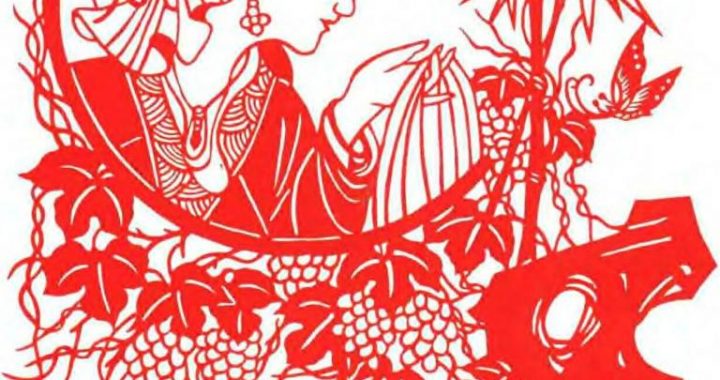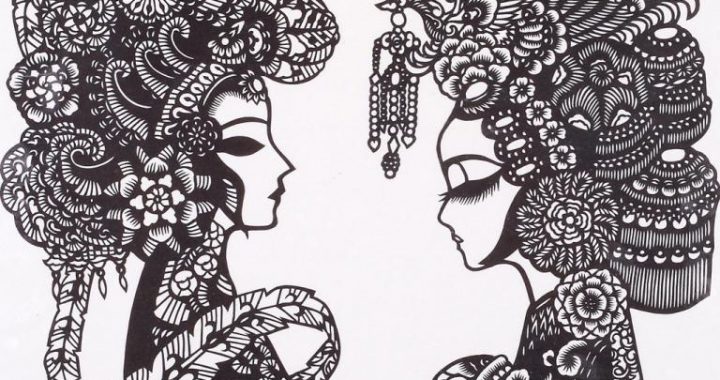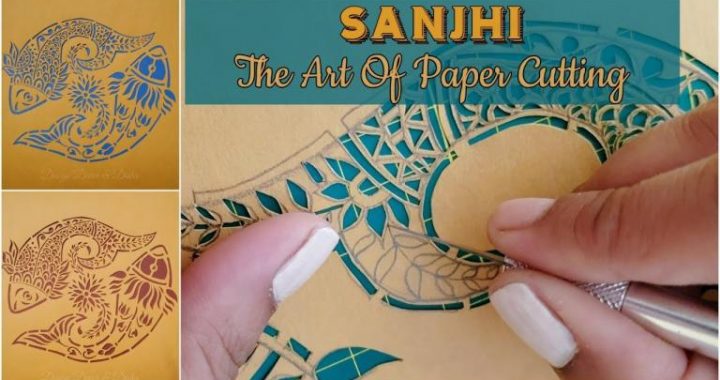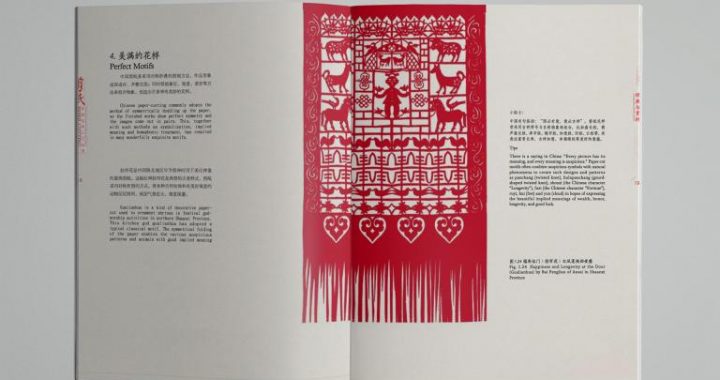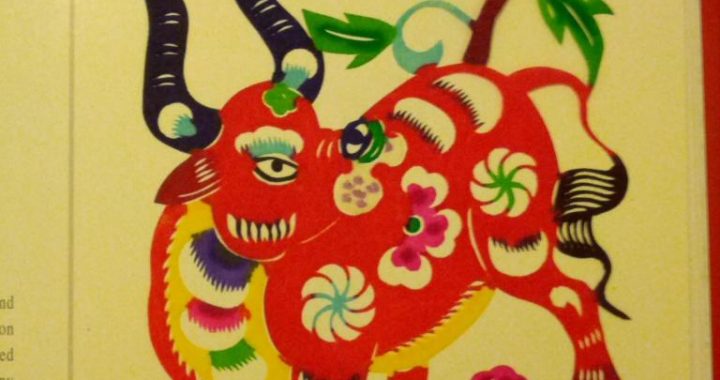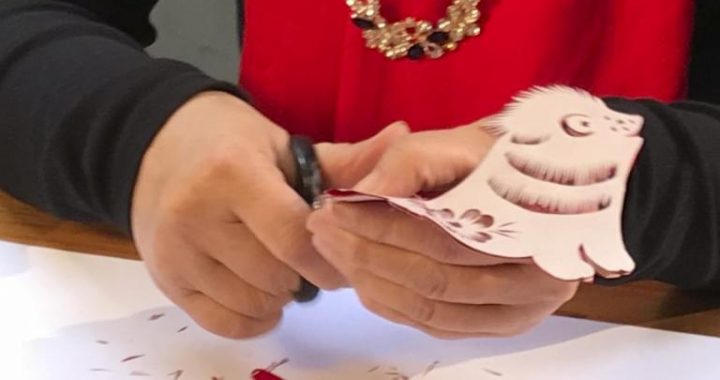Periods of Sui, Tang and Five Dynasties
5 min readAlongside social, economic and cultural advances, China’s ceramic industry reached a new stage during the Sui and Tang dynasties and the period of Five Dynasties and Ten States, which lasted from 581 to 979. Kilns in the south, with the Yue Kiln as their centerpiece, enjoyed a reputation for celadon and black glazed porcelain production, while kilns in the north, with the Xing Kiln as a representative, became known for their white porcelain. The trial production of white porcelain began as early as the Northern Dynasties (386-581); howev it wasn’t successful until the Sui Dynasty (581-618) The two types of products featured distinct regional flavor, attained a high degree of technical and represented the country’s highest level of rcelain making then.
What’s new varieties such as underglaze color porcelain and tri-color glazed pottery appeared. The latt as “sancai” in Chinese, is a type of ceramics of the Tang Dynasty (618-907) using three intermingled colors for decoration. Lead oxide is the principal flux in the glaze, and a polychrome effect is obtained by using coloring agents like co ron(which turns yellowish-brown-) and cobalt(which turns blue). Sancai wares are mostly funeral objects, reflecting the common practice of buryin in a lavish way at that time. Together with celadon of the Yue Kiln and white porcelain of the Xing Kiln, they had been transported overseas along the overland and maritime Silk Road. Particularly, sancai became a very popular style in Japanese and Korean ceramic arts.
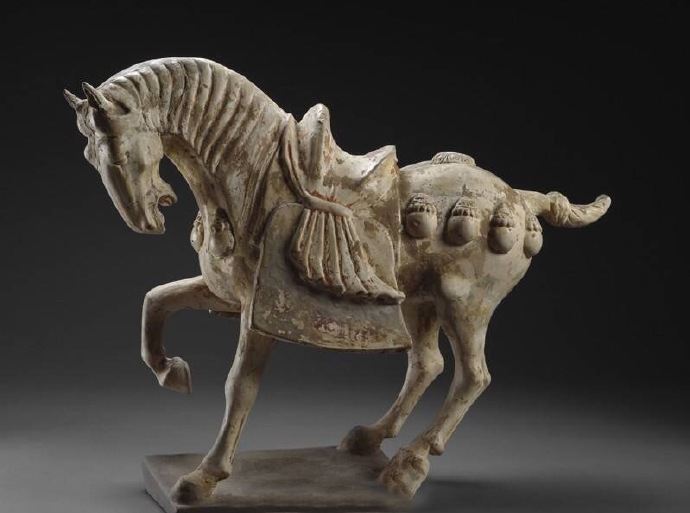
According to historical records, since the Five Dynasties (907-960) the Yue Kiln produced”mystic color ceramics”(or”miseci” in Chinese)to specially supply the imperial family. In the past there had been a lot of speculations about them. The mystery was finally unveiled in 1987 when 13 pieces of miseci were unearthed from the underground palace of Famen Temple located in Fufeng County, Shaanxi Province.
White Glazed Porcelain Plate Sui Dynasty (581-618) 12 cm in height, 31. 5 cm in mouth diameter, 17.1 cm in bottom diameter Though deca tive and rougan form, this plate coated with a laye suyer of white glaze without any decorative patterns is a most representative work of the Sui Dynasty ceramic indust.
The roughcast is porous, and the shapes of the brim and the bottom are relatively irregular. Such crudeness is characteristic of early white porcelain fired by kilns in the north.
In ancient China, the spittoon was usually made from brorto satisfy the need of rovalty and nobility. This object has a very regular shape; the whole body except for the bottom is coated with a layer of white glaze.
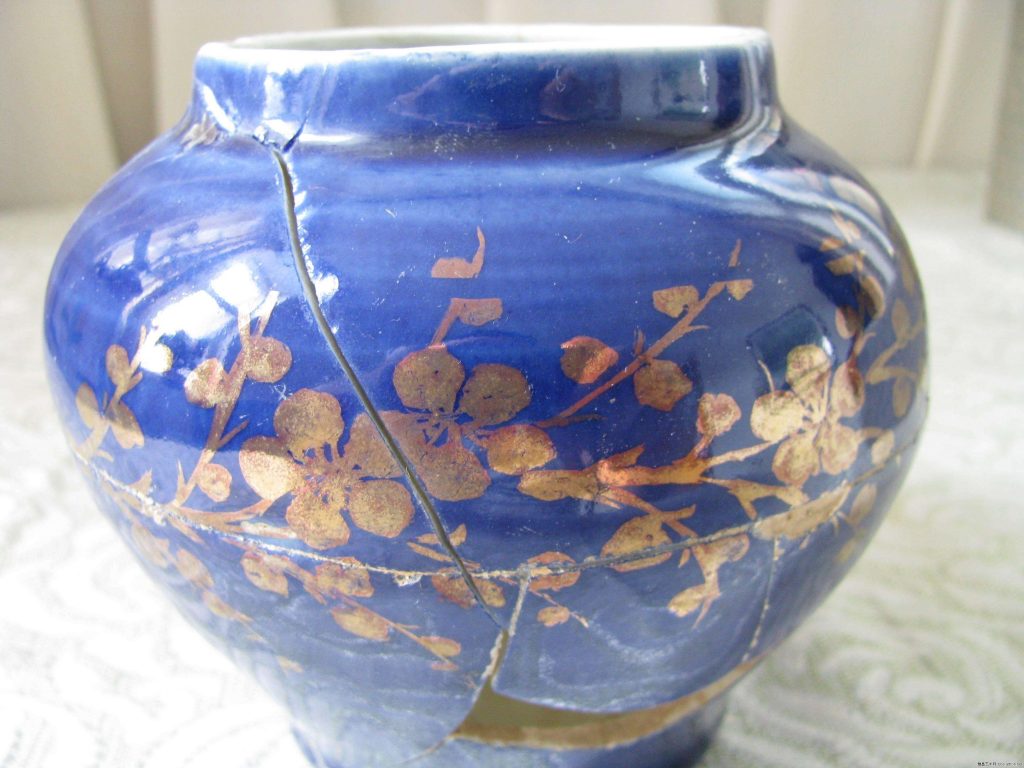
White Glazed Porcelain Case Tang Dynasty (618-907) 20 cm in height,23.6 cm in top diameter,11.5 cm in bottom diameter Fired by the Gongxian Kiln (in Henan Province) noted for its white porcelain, this exquisite object featuring light, thin roughcast with a low content of iron is a dressing casket for women.
Double-eared Bowl Tang Dynasty 9.5 cm in height, 11. 7 cm in mouth diameter, 8.4 cm in bottom diameter Fired by the Quyang Kiln1] also known for its white porcelain in late Tang and the Five Dynasties, this object is coated with a layer of white glaze without any decorative patterns, having an air of great antiquity.
Double-handled Bottle Tang Dynasty 44.5 cm in height Coated with a layer of white glaze all over its body, the vessel with two dragon-shaped handles is not only beautiful, but also practical. Tartar dancers are sculptured on the belly, -a rare decorative technique at that time. Porcelain of this style first appeared in the Sui, and prevailed in the following Tang Dynasty.
Tri-color Pottery Horse
Tang Dynasty
54 cm in height, 50 cm in length The Tang tri-color kilns were mostly located in Gongxian County of Henan and Chang’an (present Xi’an)of Shaanxi. Strictly speaking, the glaze colors used to decorate sancai wares, which were fired twice at a relatively low temperature, are not limited to three in number. Bizarre and motley, these variously shaped funeral objects look most beautiful.
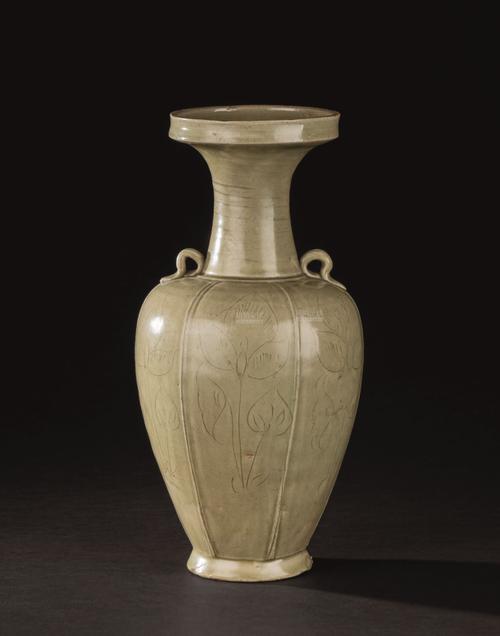
This tri-color pottery horse, coated with a thick layer of yellow, brown, green and white glaze all over its body, is extremely lifelike.
White Glazed Porcelain Kettle Tang Dynasty 10.4 cm in height, 4.3 cm in mouth diameter, cm in bottom diameter Coated with a layer of white glaze all over its body except for the bottom, this beautifully shaped object is representative work of the Quyang Kiln.
Blue Glazed Porcelain Case Tang Dynasty 6.5 cm in height, 17. 2 cm in top diameter Fired by the famous Yue Kiln, this exquisite object is coated with a layer of blue and green glaze both inside and outside. Decorated with engraved peony patterns on the top and featuring light, thin roughcast, it is a dressing casket for women.
Blue Glazed Porcelain Flagon Five Dynasties (907-960) 18.2 cm in height, 4. 5 cm in mouth diameter, 7.5 cm in bottom diameter Unearthed from an ancient tomb in Shijingshan of Beijing in 1981, this object features light, thin roughcast and glossy glaze. With a pagoda-shaped lid, it’s decorated on the belly with the engraved design of four hermits enjoying drinking together in the open air.
The beautifully shaped wine pot, obviously a product of the Yue Kiln, is of excellen workmanship and has graceful lines.
Blue Glazed Porcelain Bowl Five Dynasties 8.4 cm in height, 18.6 cm in mouth diameter 8.6 cm in bottom diameter Partially controlled by royalty of the Wuyue State (907-978) in the period of Five Dynasties and Ten States, the Yue Kiln thus became China’s earliest court porcelain kiln.
This object in Yue Kiln style features thin roughcast and transparent glaze. Note the pair of parrots engraved on the bottom of the bowl.
Blue Glazed Porcelain Cup and Saucer
Five Dynasties
8.4 cm in overall height
Cup: 4 cm in height, 10.4 cm in mouth diameter, 4.8 cm in bottom diameter
Saucer: 8. 1 cm in height, 16. 5 cm in mouth diameter, 6. 5 cm in bottom diameter A flagon, a bowl warming up wine, a cup and a saucer comprise a set of drinking utensils, which were popular in the period of Five Dynasties and the following Song and Kin dynasties. Both the cup and the saucer, products of the Yue Kiln, are shaped like crabapple petal and are decorated with engraved flowers on their inside walls.
Double-eared Lidded Bottle
Five Dynasties
35.2 cm in height
With a lotus leaf-shaped lid, this double-earec bottle coated with a layer of green and white glaze represents the Yue Kiln’s highest level of porcelain making at that time.
Decorated on the belly with floral reliefs and grass intaglios, it’s of classic beauty and in elegant taste.
Located in present Jianci village, Quyang County, Hebei Provin
Ding Kiln of the Song Dynasty.


